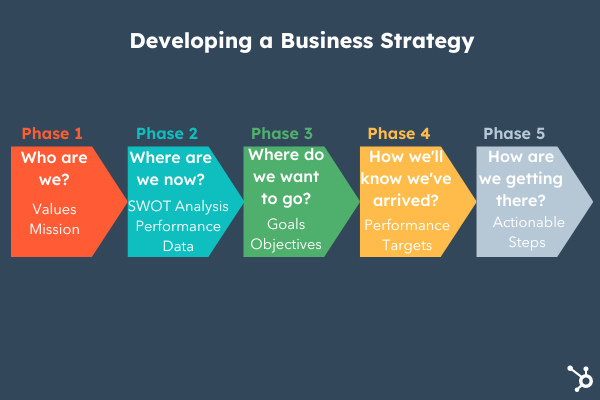Catch me up with the Movie
Your company is all sold to the advantages of UX, and you’re looking to invest in a killer UX team. Want to run these amazing UX programs or projects. But how do you make sure that it delivers valuable results?
Why discuss UX Strategy?
Just like any other types of Strategy – like Business Strategy, IT Strategy, or Product Strategy, Marketing Strategy, etc. The term “UX Strategy” is another lingo to crack & decipher.
There’s a growing need for UX Strategists today as both Demand & Supply in the UX space is on a rise – it’s essential to tie things up with strong UX Strategy for best results.
What is UX Strategy?
I’ve looked online, and found a varied set of definitions to it. Jamie Levy who’s authored a book on UX Strategy defines it with 4 tenets.
- Business Strategy – UX Strategy is derived & tied to the organization’s business Strategy
- Value Innovation – UX Strategy needs to bring down the costs of innovation and at the same time introduce more value.
- Validated User Research – She incorporates the overall user research plan as one of the tenets of UX Strategy
- Killer UX Design – The preparedness or availability of UX skillsets to deliver killer UX Design.
Nielson & Norman Group defines UX Strategy as depicted in the diagram below:

- Vision – Routed into the overall vision or statement of intent of the organization
- Goals – At this level the UX Strategy has to be aligned with the organization’s goals and key metrics or measurement of success in the organization.
- Plan – At this level the UX Strategy needs to establish a set of programs and what their outcomes might be. There needs to be a UX Roadmap, a plan of action for getting to a Desired state.
Is UX Strategy a plan?
Being a student of Business, I would definitely agree that Strategy is not a plan. It’s a set of decisions that govern the future plans of action.
When we look at UX Strategy in an organization we’re not looking at making a set of Decisions.
But what these Decisions would look like?
- What are the key goals our UX team needs to achieve
- What are the key results we want to see in our products
- What are the business metrics involved
- What kind of resources or budget do we have available
“Strategy” in the Business Strategy context can be summarized in the below 5 phases:

Coming up with an Actionable UX Strategy
To come up with an actionable UX Strategy. Let’s apply the 5 phases of Strategy
#1 Who are we?
At this phase we look at the Vision, Mission & Value proposition of the company. Let’s say we’re an HRMS Application.
| For | Start-ups & SMBs |
| Who | are looking to manage their payroll system |
| the (product name) is a | simplified & comprehensive HR system |
| That | manages all their HR functions |
| unlike | traditional payroll software |
| Our Product | keeps necessary features of a full suite HRMS |
#2 Where are we Now?
To analyze where are we now, we need to conduct an audit of the overall experience that we’re delivering today. A few important tools or framework to get a head-start review are as follows:
Customer Journey Map – Experience Rating Graph
We map out the customer journey steps and the experience between being Delightful to being Frustrating throughout.

#3 Where do we want to go? &
#4 How we know if we have arrived?
At this step we need to set Departmental OKRs, based on the overall organization’s OKRs.

#5 How are we getting there?
At this phase we’re looking to come up with a high level Roadmap of different items to fix, different researches to conduct or certain features or experience recommendations to make.
It would be important to have required frameworks to set priorities to things.
Kano Model of Prioritizations
We can apply the Kano model to prioritize high level items

Apart from this strong Design Management of the various activities and programs to be conducted are important.
Also at this phase it’s important to understand the core UX competencies available in the organization; alongside the overall acceptance and change management required to carry out the various functions of UX.
Lastly, Assimilation of Key Results & Business ROI
As with any other descripline or department, the UX Department’s Strategy needs to be tied to the overall Organization’s objectives and the business would be assessing the Results, against the investments made.
Thus the UX Strategy must be focused towards balancing Costs and driving more Value & Recognition.








